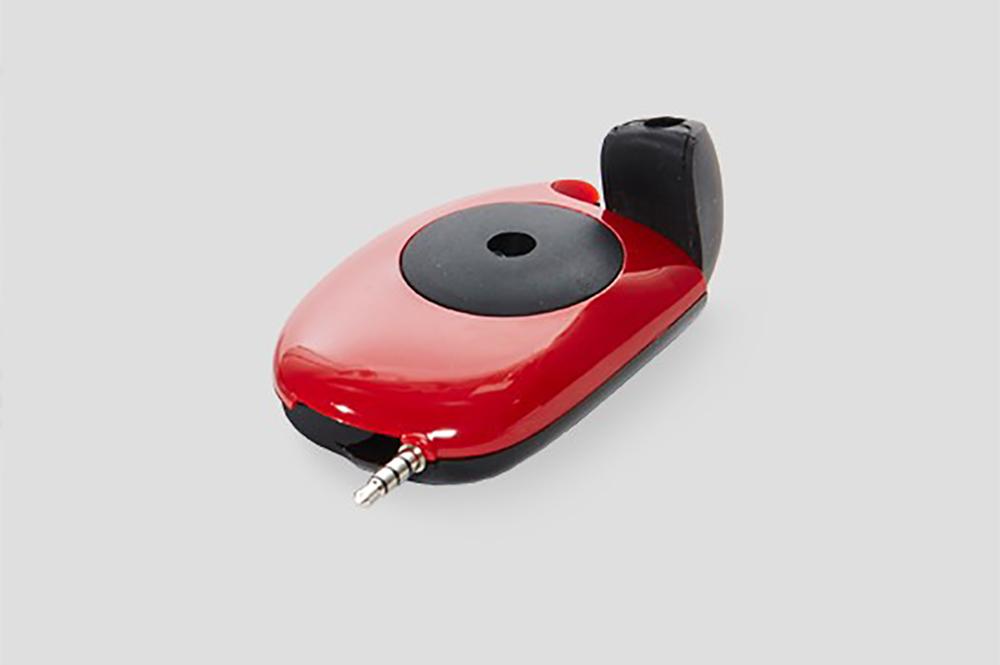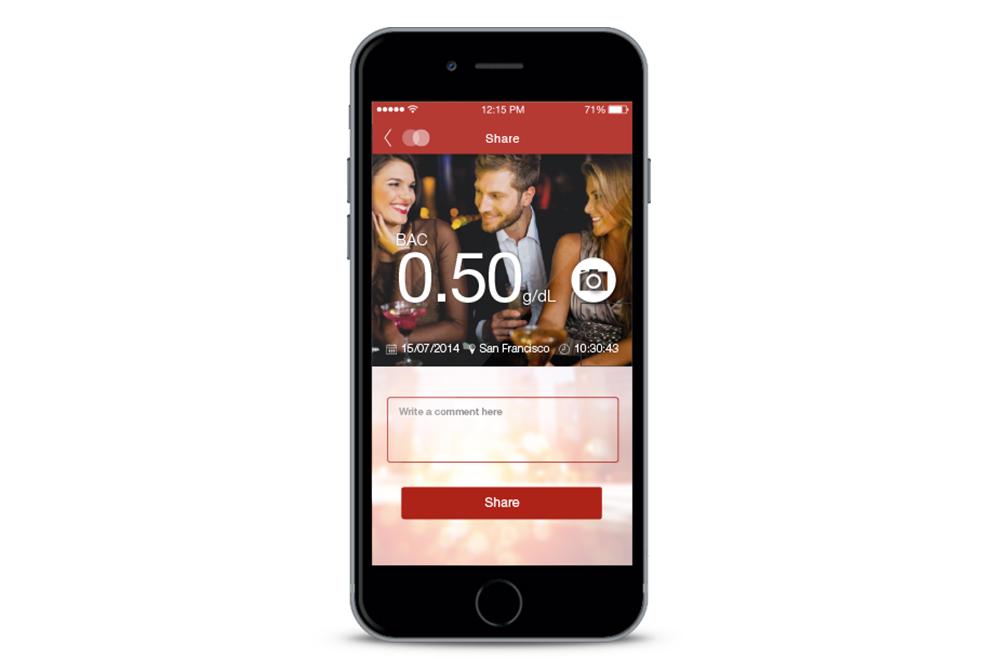If all the articles we post about liquor-related tech toys didn’t already tip you off, we’re huge fans of booze here at DT. We love to get our drink on, but we also know that part of being a grown-ass adult is knowing when you’ve had too many pickleback shots to get behind the wheel. The only problem is that it’s damn near impossible to make an educated guess about your own sobriety once you’ve got some hooch in your system, so rather than playing a drunken guessing game and taking a huge risk, Italian startup 2045Tech as developed a better solution: a stylish portable breathalyzer called Floome.

We’re sure you’re seen this kind of thing before. Personal breathalyzers definitely aren’t anything new, but if you’ve ever looked into getting one, you’ve undoubtedly noticed a problem: The cheap ones aren’t accurate, and the accurate one are expensive and ugly. Floome is the happy medium we’ve all been waiting for. Italian startup 2045Tech designed it with the goal of making a breathalyzer that’s stylish, accurate, and affordable — and they nailed it.
The design is super slick, and skillfully straddles the line between minimalism and functionality. Without sharp edges to snag on anything, Floome slides easily in and out of your pocket, and since it plugs into your smartphone it also doesn’t require any batteries or recharging of any kind. 2045Tech also outfitted the device with a removable cap so you can pop it off and wash it every so often to keep it clean, making it a much more hygenic choice than other breathalyzers on the market. And the best part? It all works through your smartphone.
Floome plugs into your smartphone via a foldable headphone jack, and thanks to the accompanying app for iOS and Android, it can do a bunch of nifty tricks.
If your blood alcohol level is too high, it’ll give you an estimate on how long it’ll be before you can get behind the wheel and automatically set up a reminder for you to blow again after that period of time passes. Don’t feel like waiting around to sober up? The app can also hook you up with local cab services in your area at the touch of a button. And of course, if you feel like sharing just how wasted you got last night, you can also post your breathalyzer results on various social media accounts.
We haven’t had a chance to get wasted and actually try it out quite yet, but we fully intend to knock back a few cocktails later tonight and take it for a spin. Stay tuned for our lips-on review!






